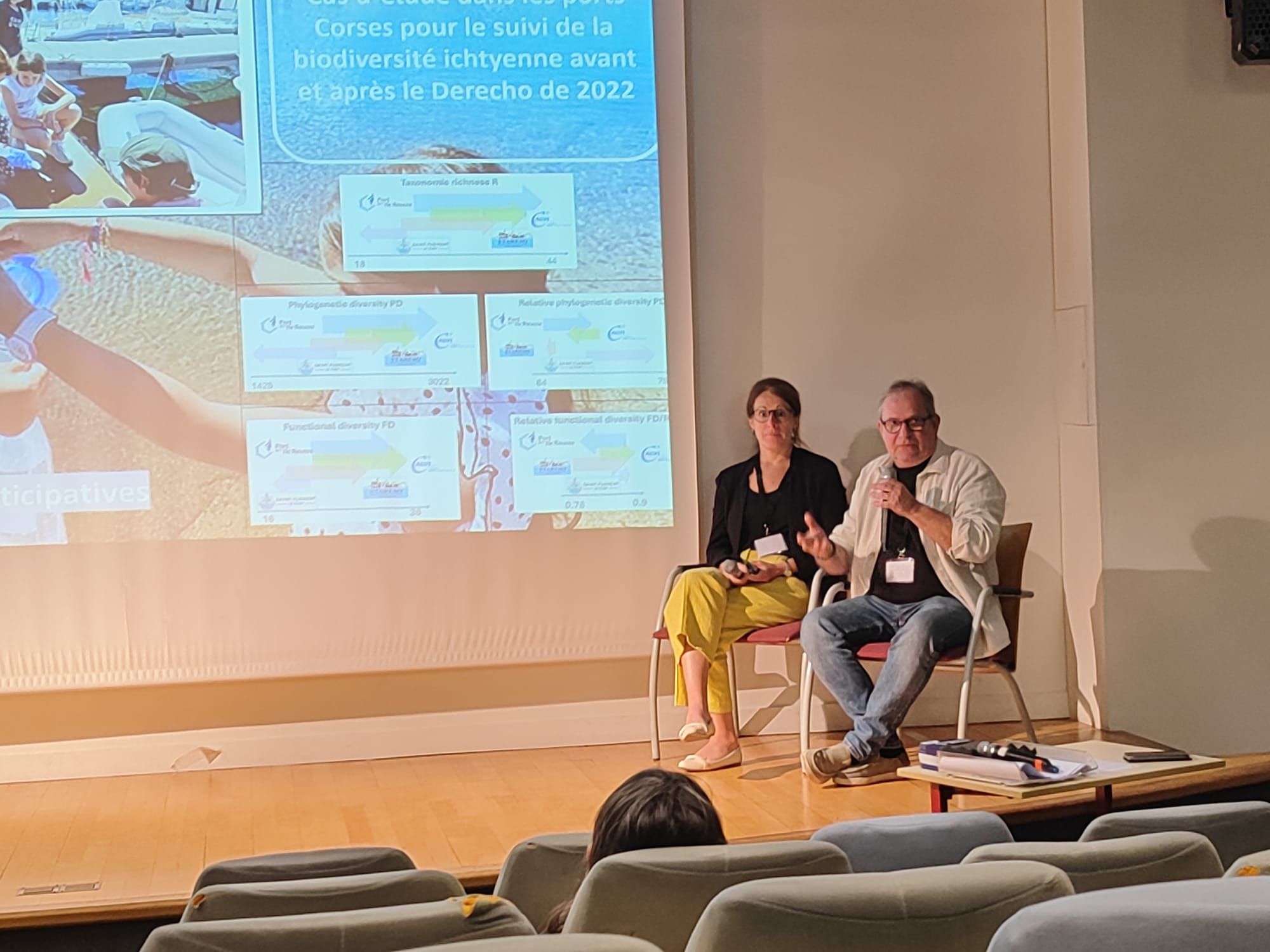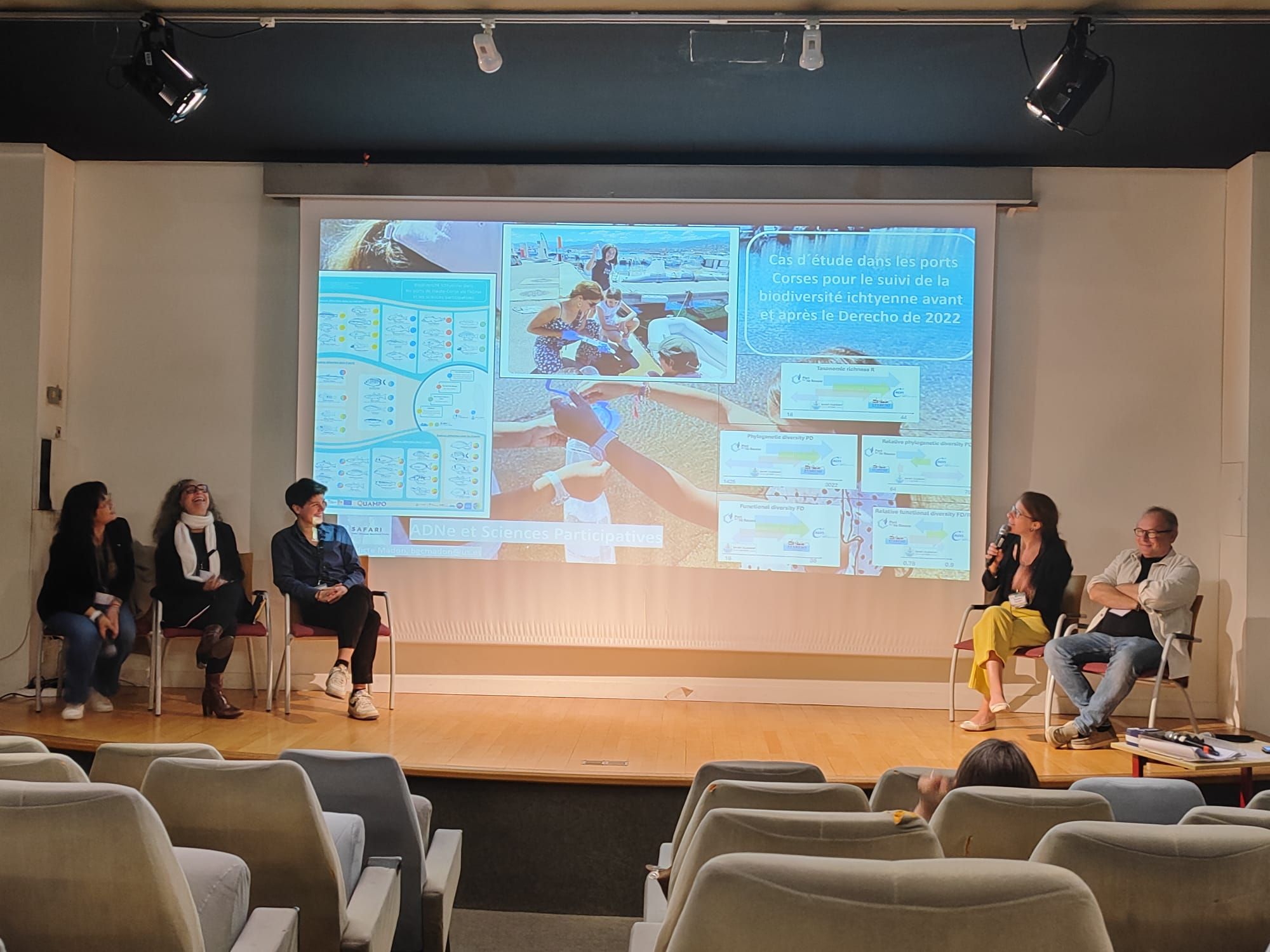Explore vacations
Choose a Continent
Choose a Destination
How do we explore the hidden life that thrives beneath port waters?
Last April, Dr. Bénédicte Madon from the University of Seville joined a round table on environmental DNA (eDNA)during the Life Adapt’Island workshop in Paris to discuss exactly that question, and how this innovative method is reshaping our understanding of marine ecosystems in human-shaped environments.

By analysing water samples for tiny traces of genetic material left behind by organisms, eDNA allows scientists to identify the species present in an area without ever needing to capture them. It’s a non-intrusive, cost-effective and precise approach that reveals the biodiversity living in places once considered too industrial or disturbed to host complex ecosystems.
Within the SAFARI project, Dr. Madon and her team are using eDNA to monitor biodiversity in pilot ports, helping assess the health of marine ecosystems and track how they evolve in response to extreme weather events. This knowledge contributes to SAFARI’s broader goal of making ports not only more resilient and sustainable, but also more attuned to the natural environments they are part of.
Understanding which species inhabit port waters, and how they respond to change, is essential to designing future ports that work with nature rather than against it. Through this work, SAFARI is helping uncover the vibrant, often unseen life that sustains coastal and port ecosystems across Europe.
